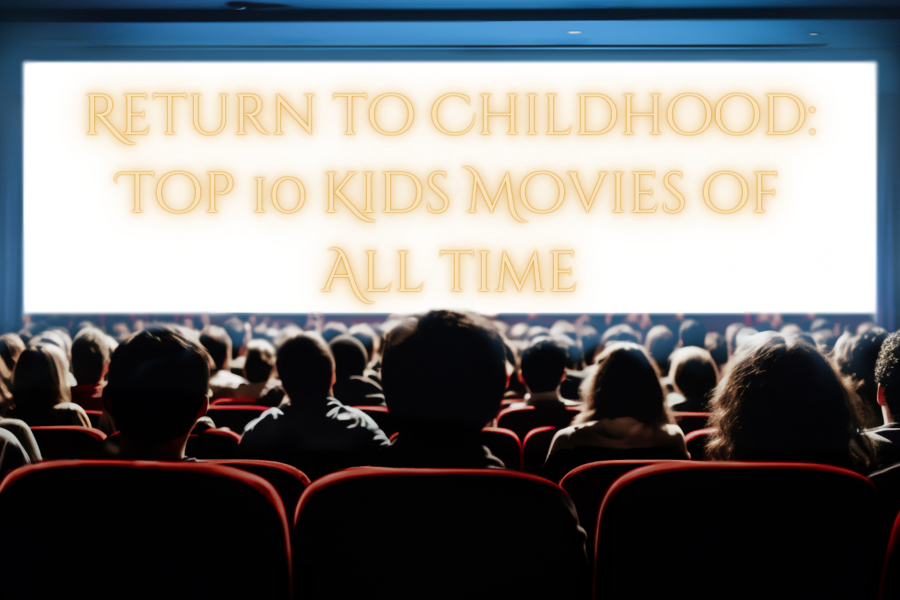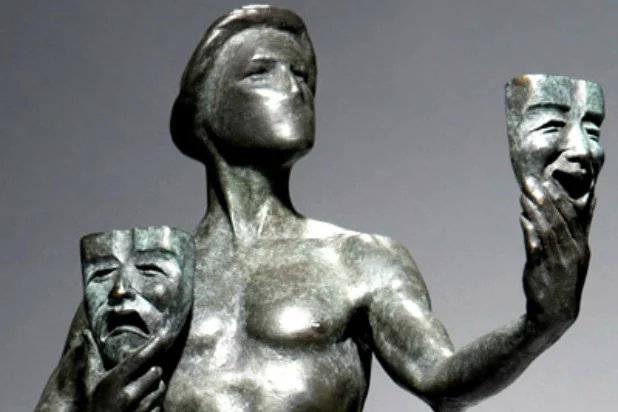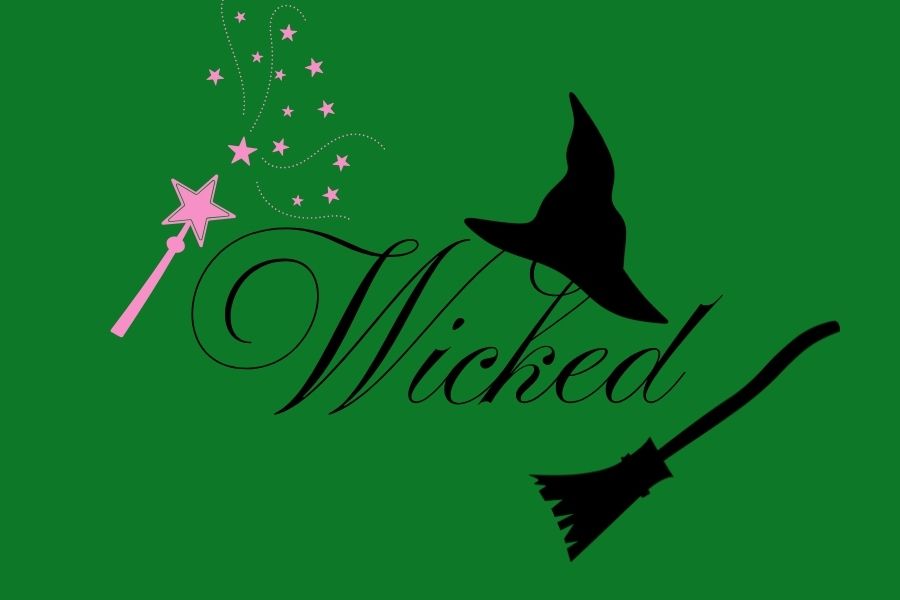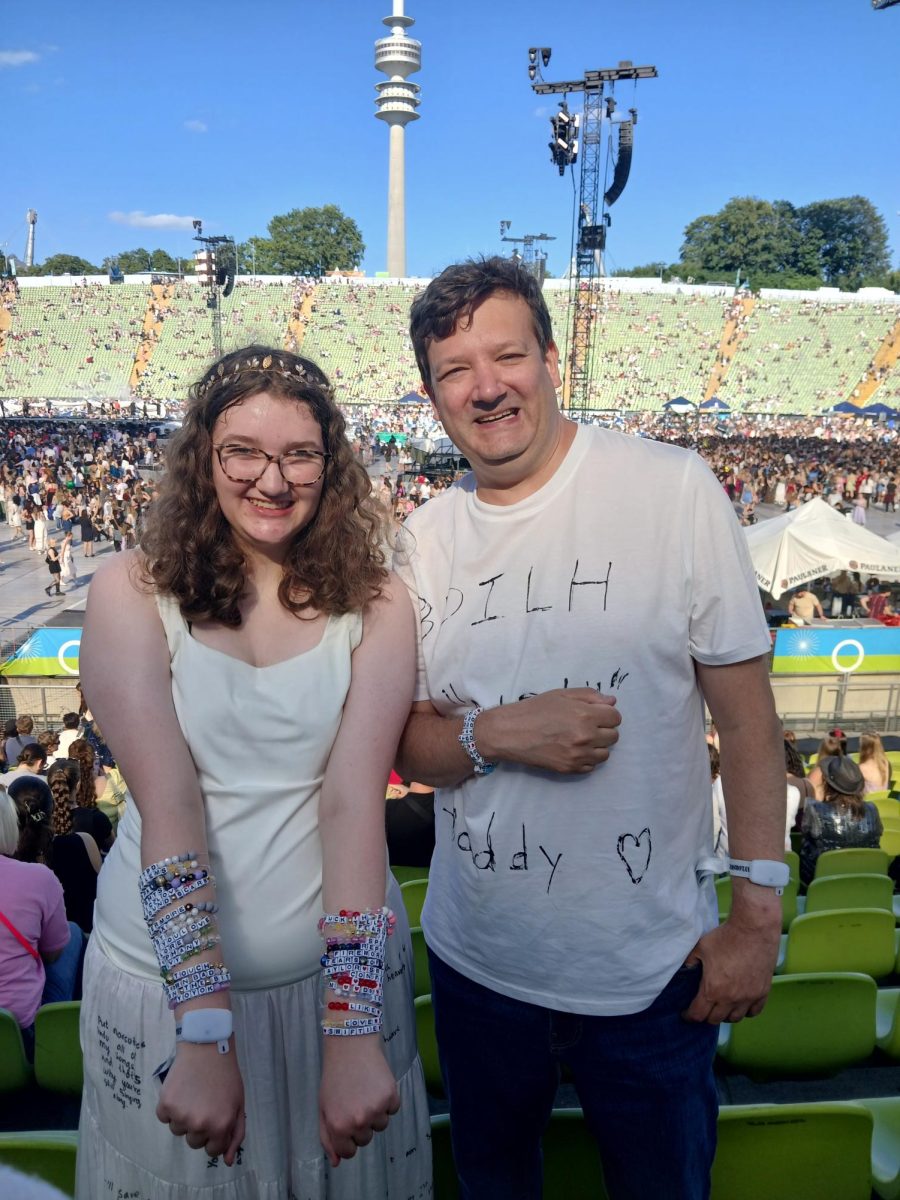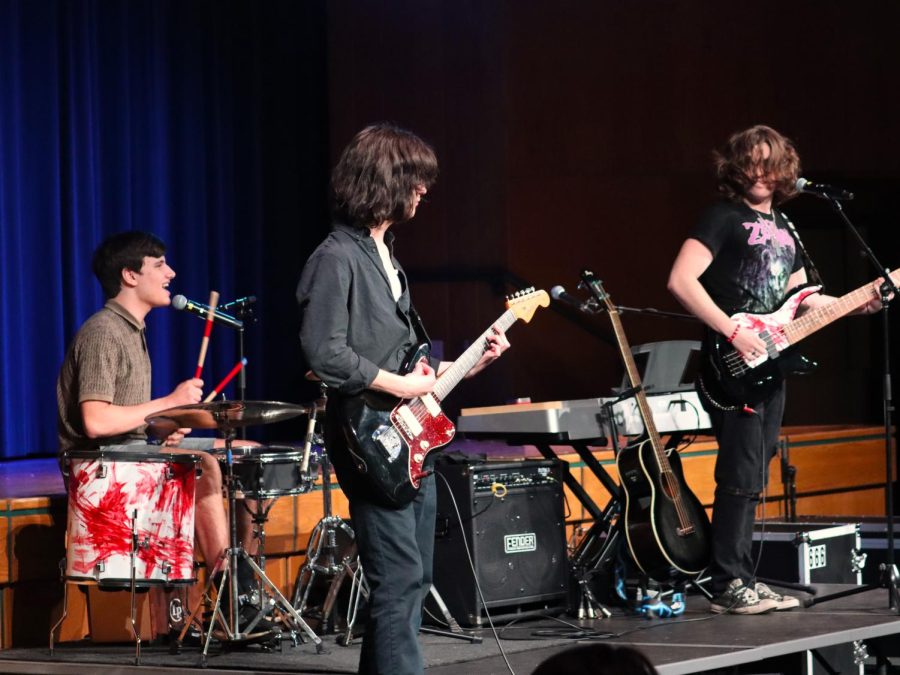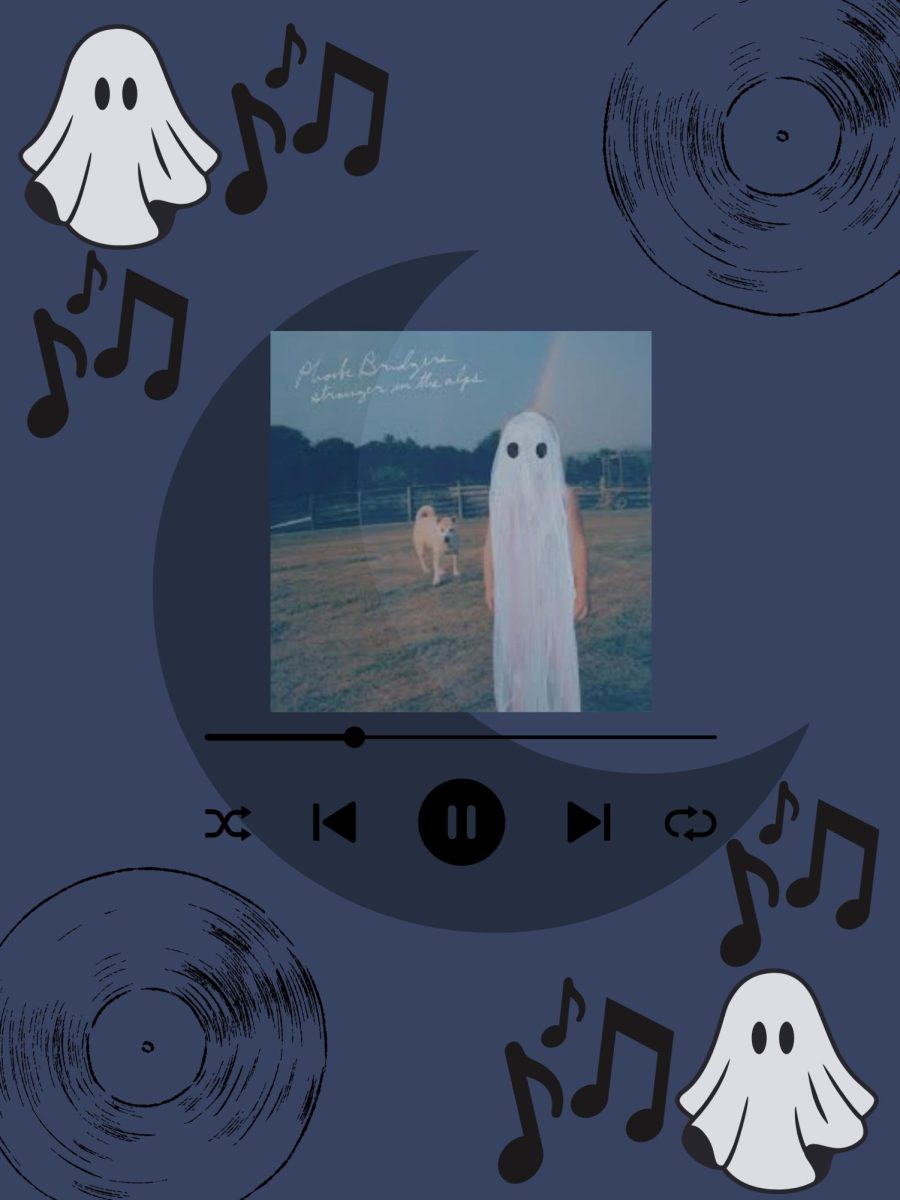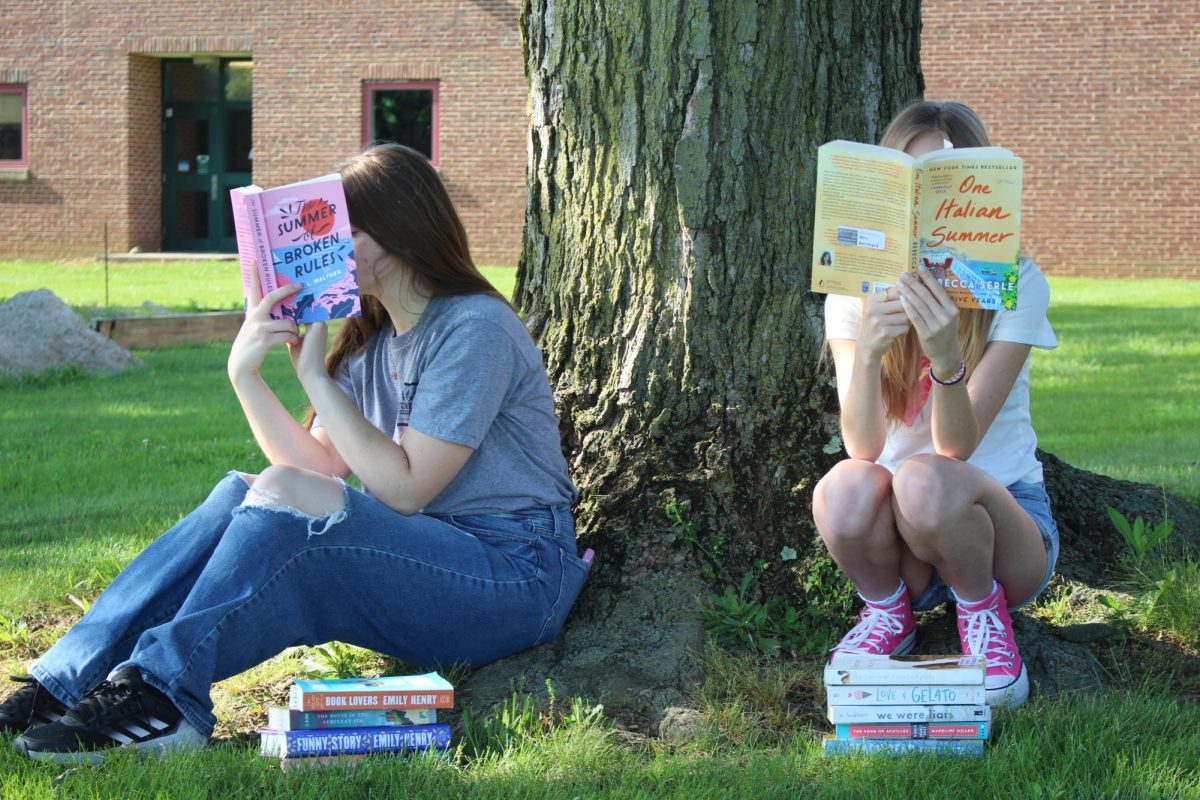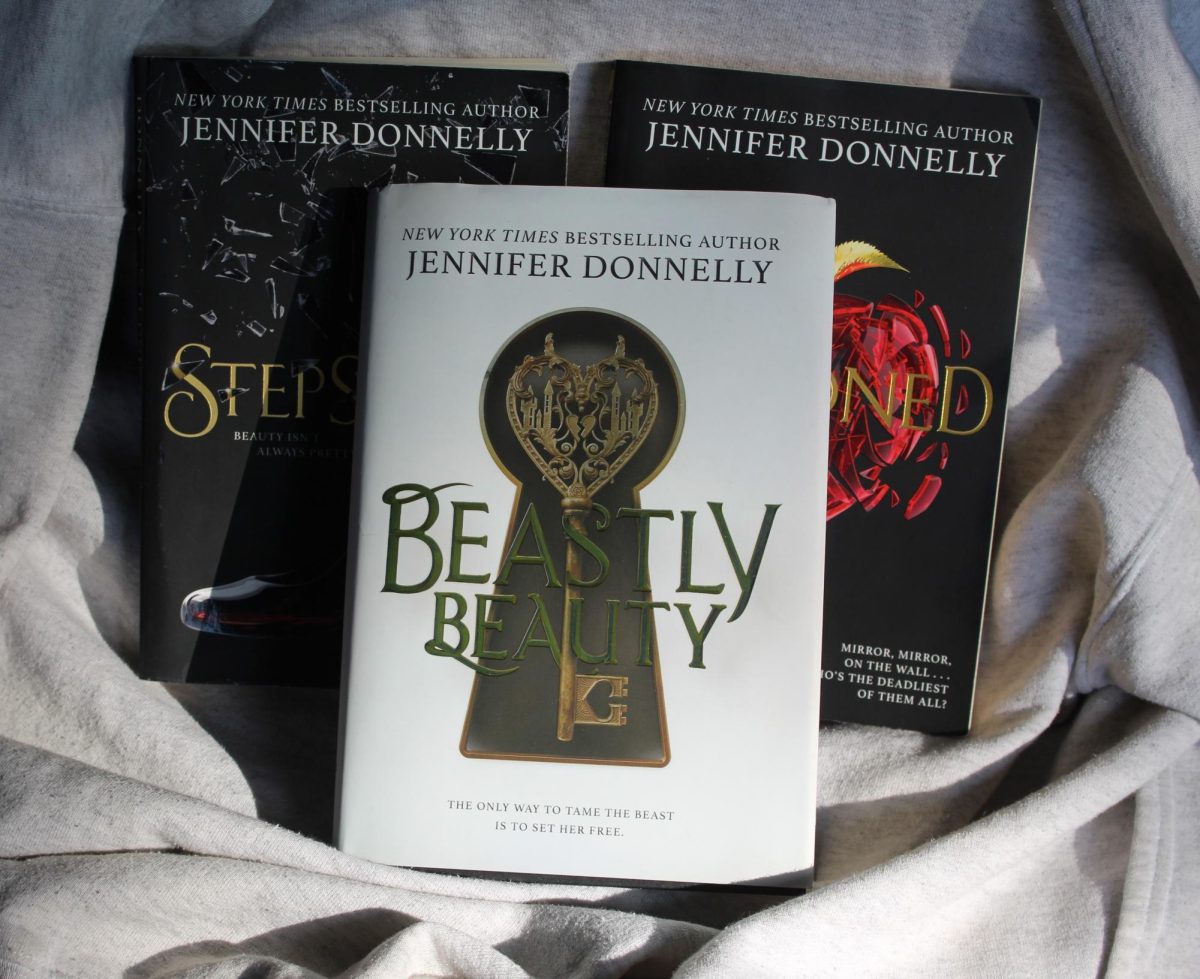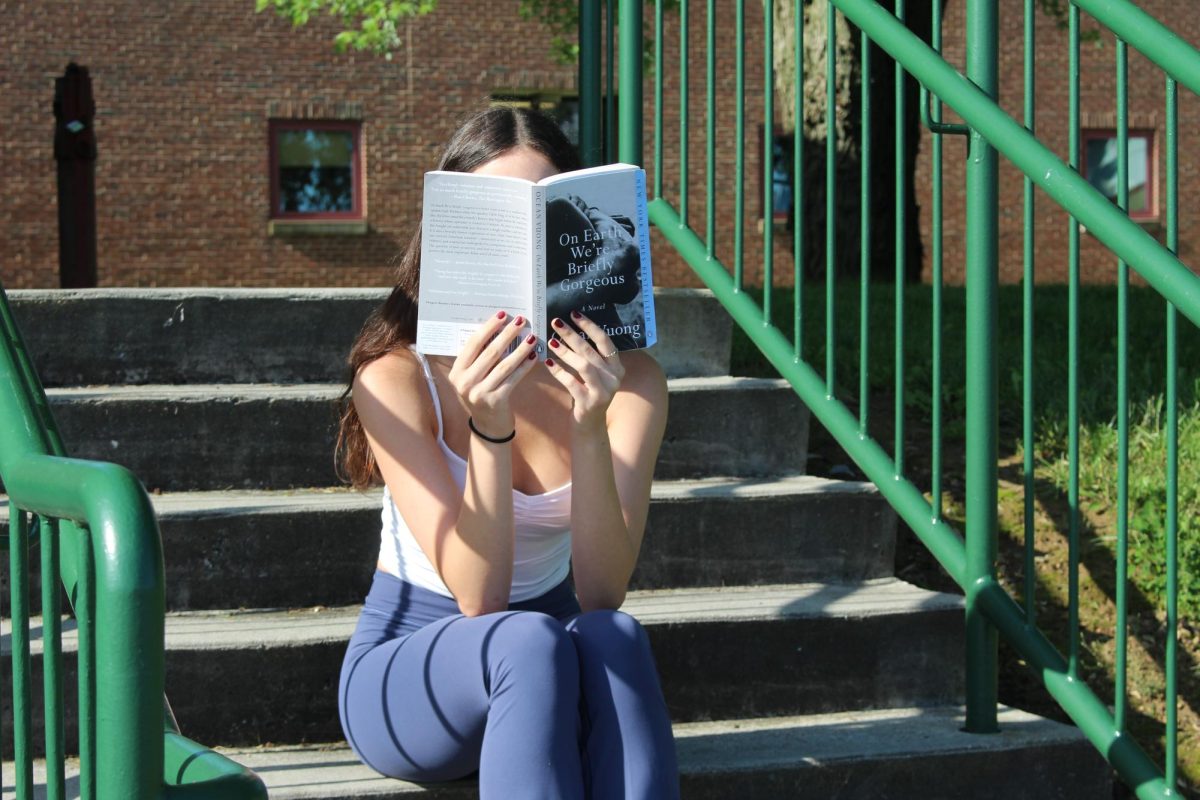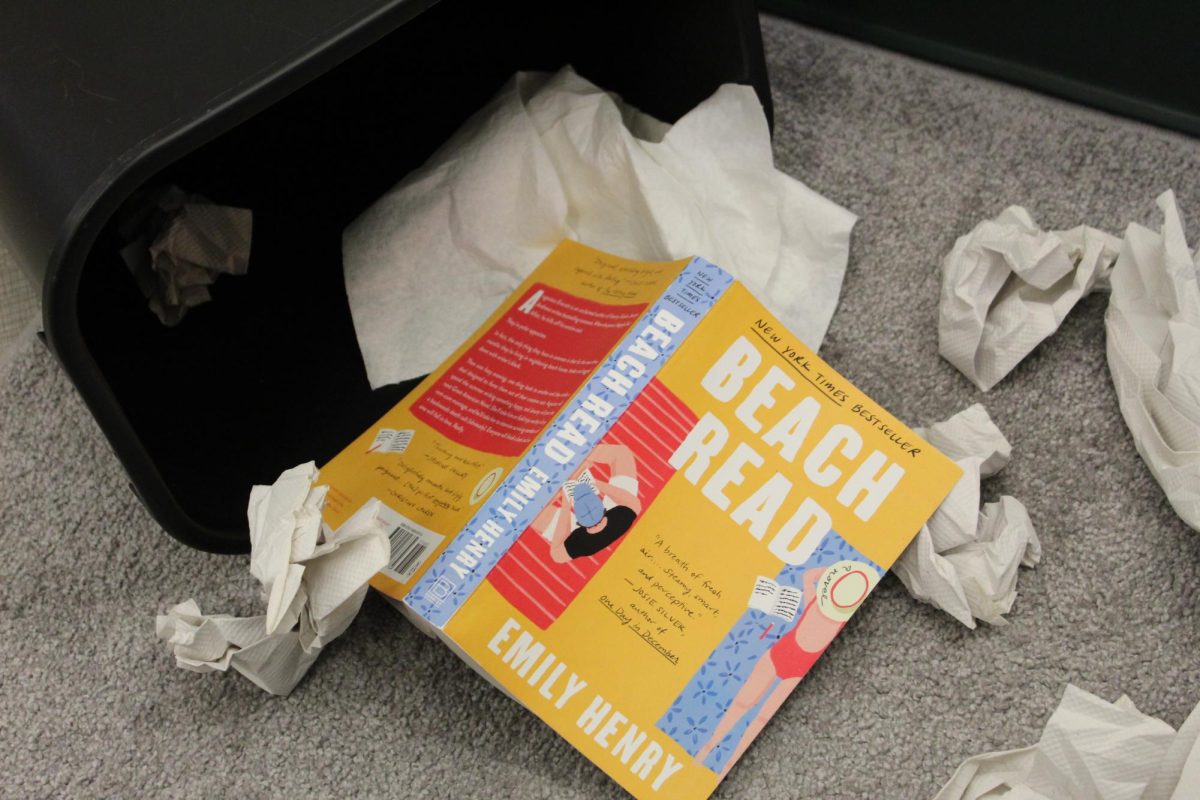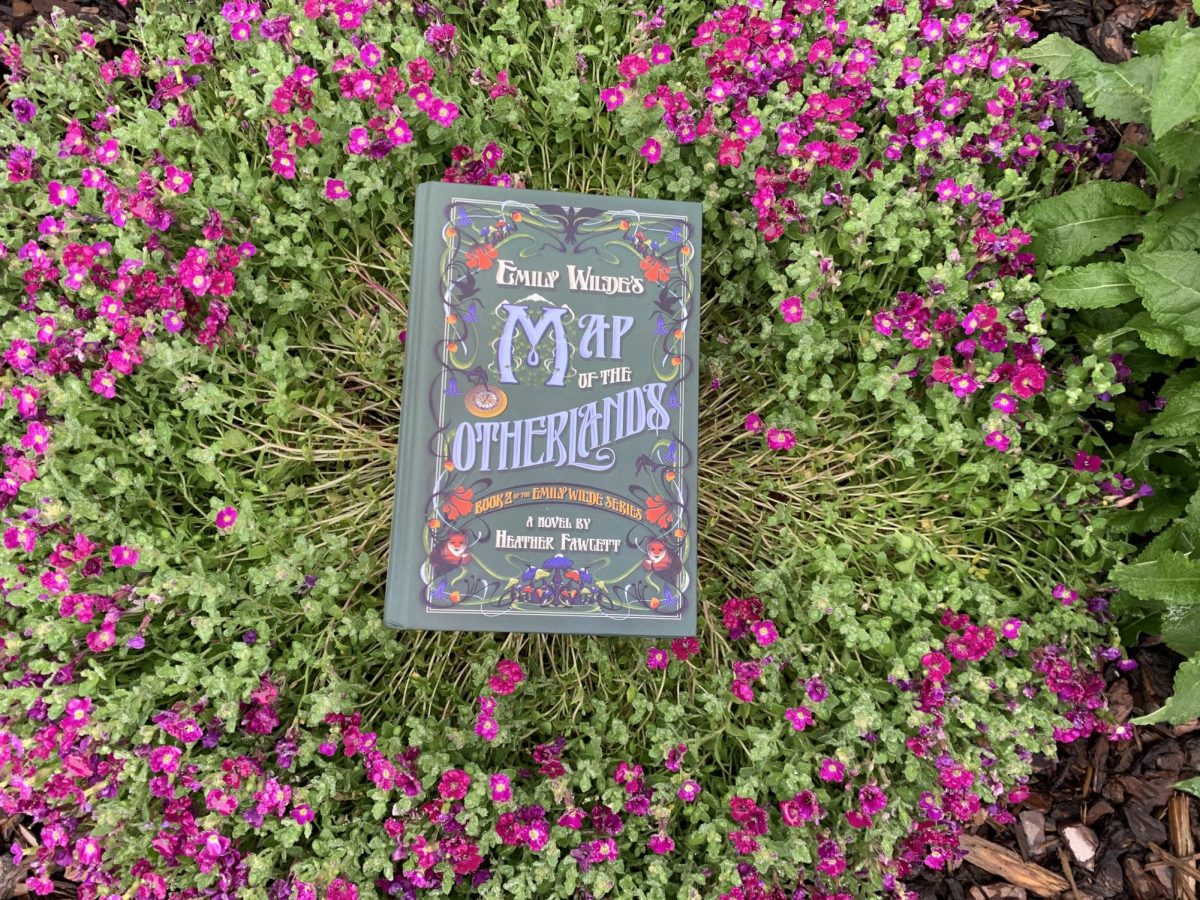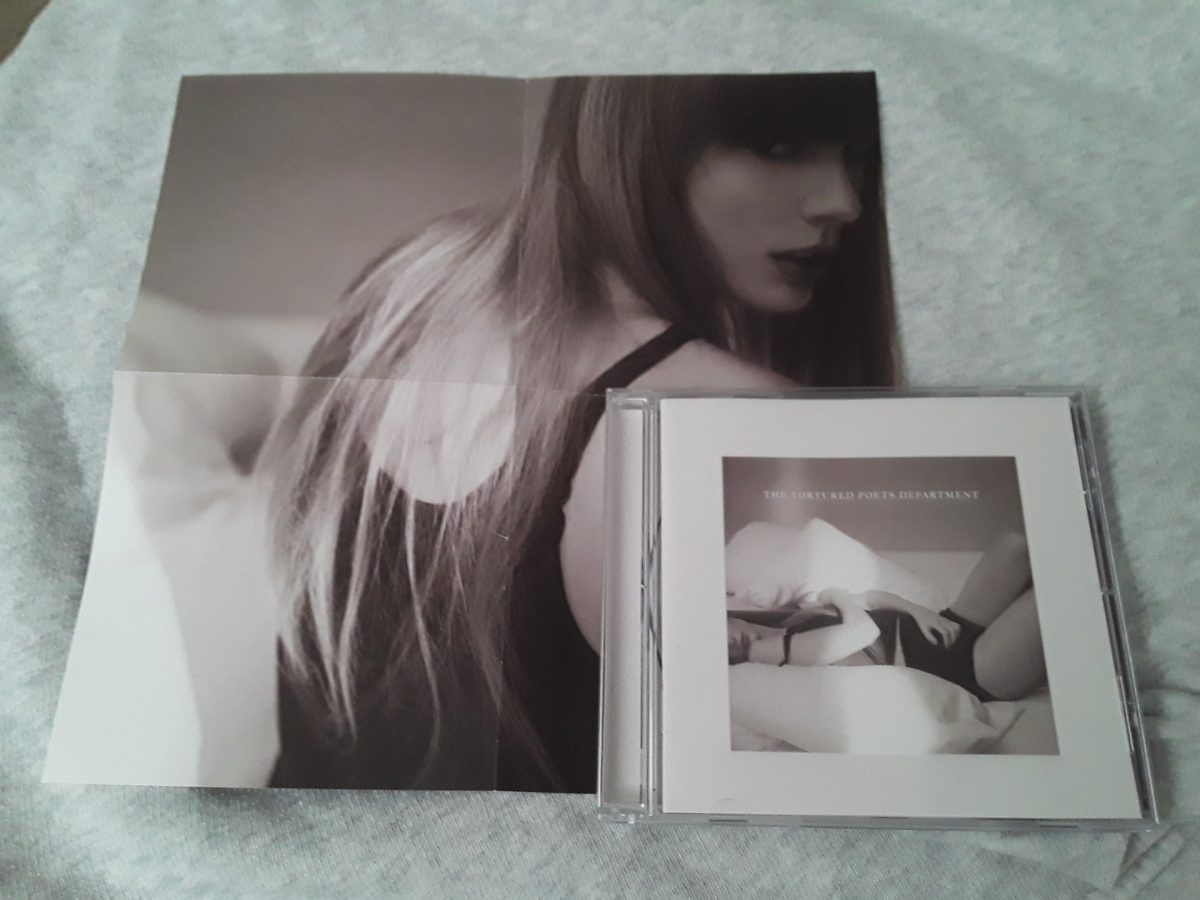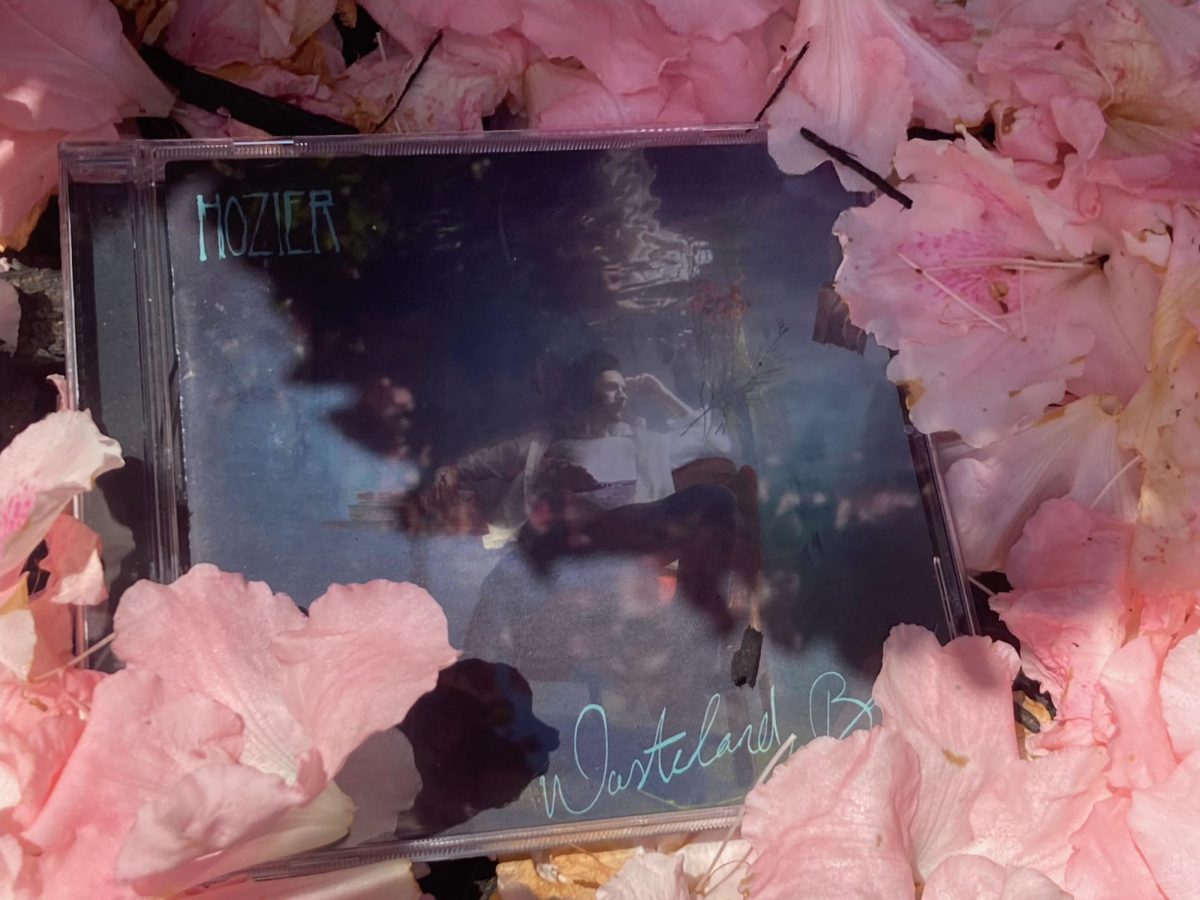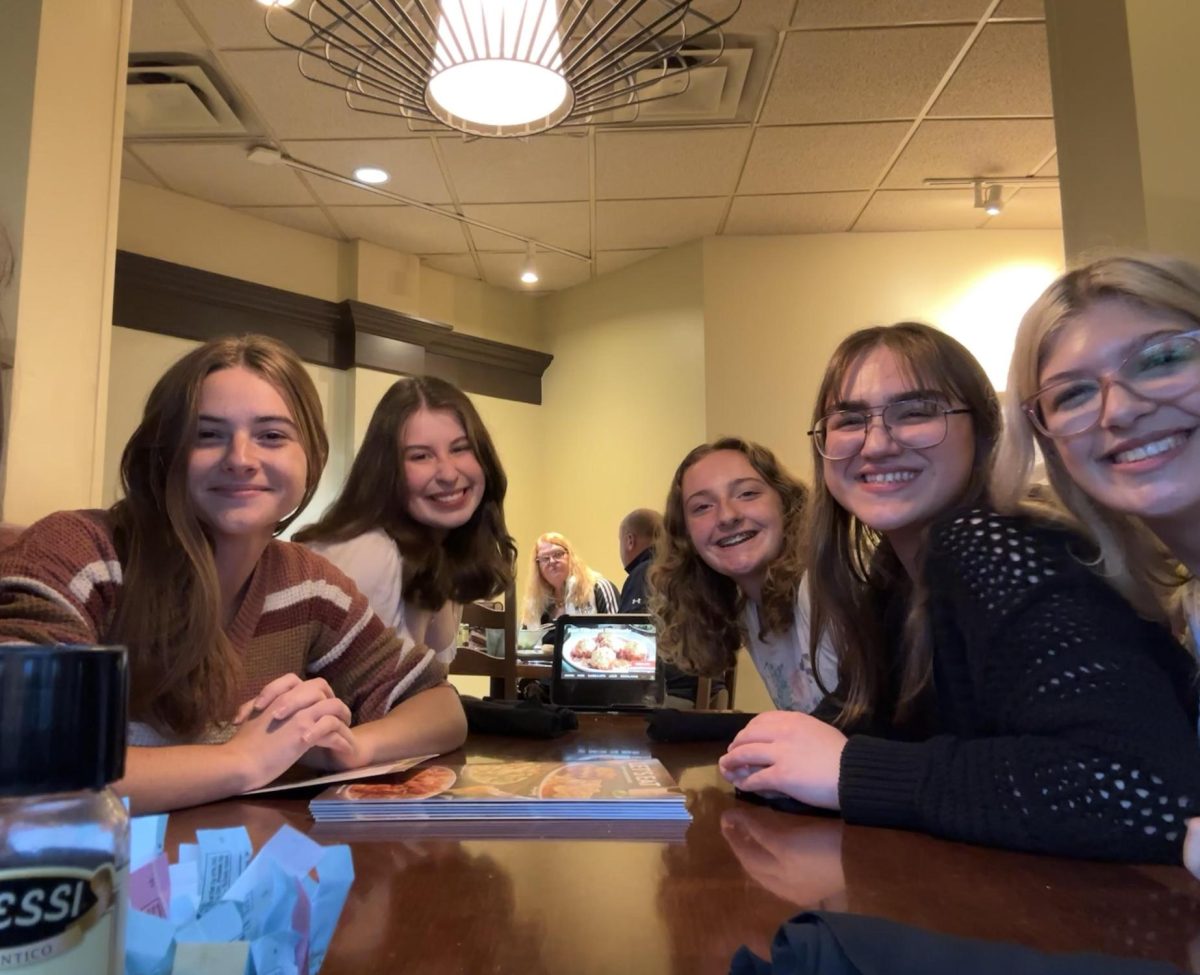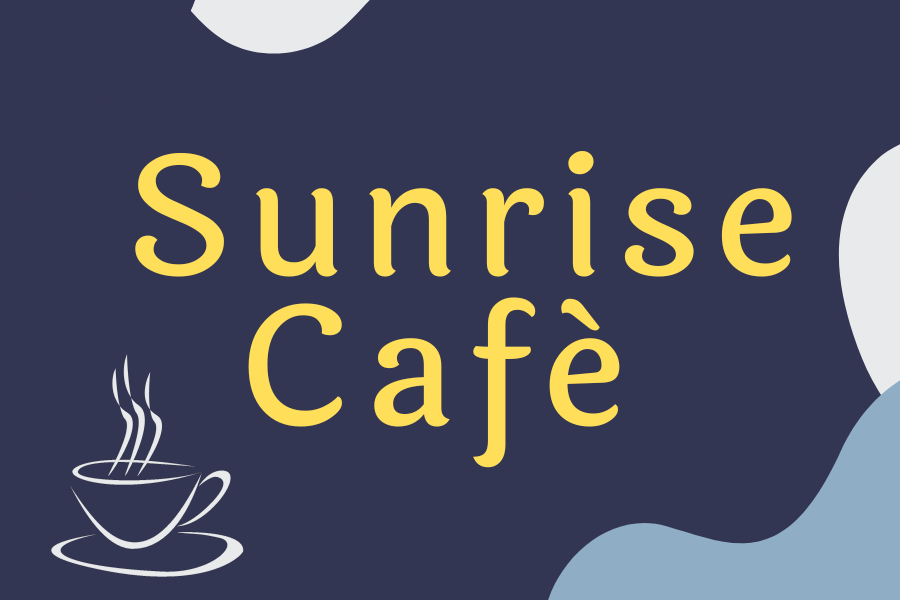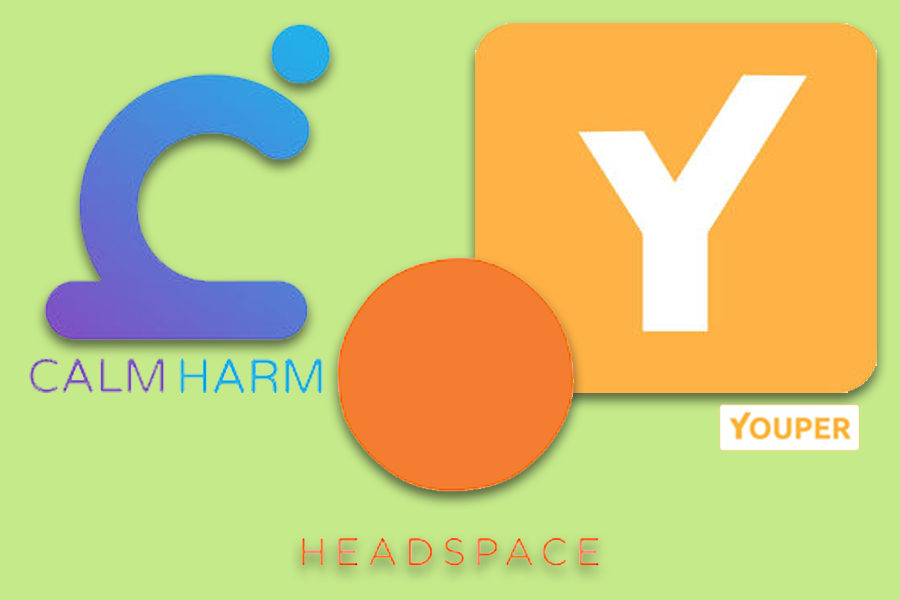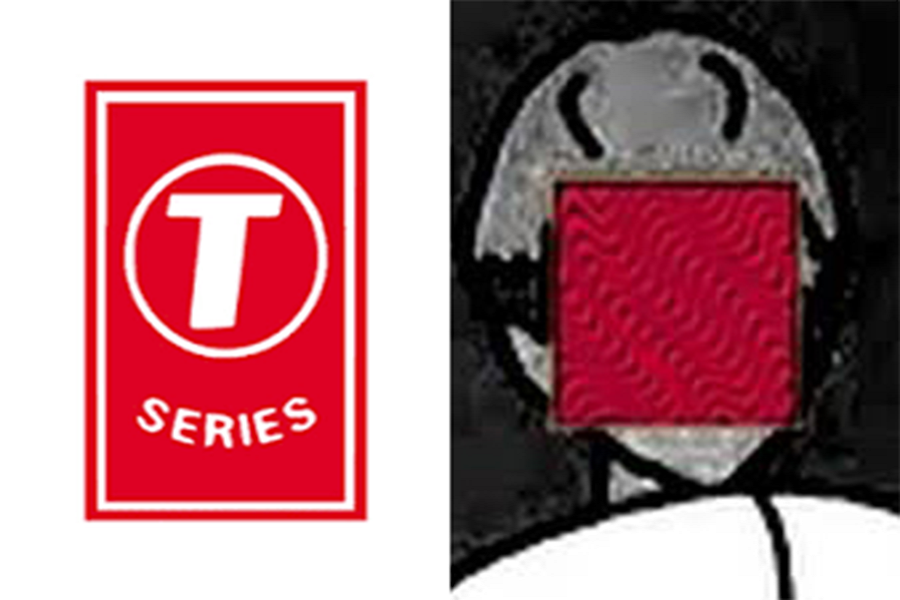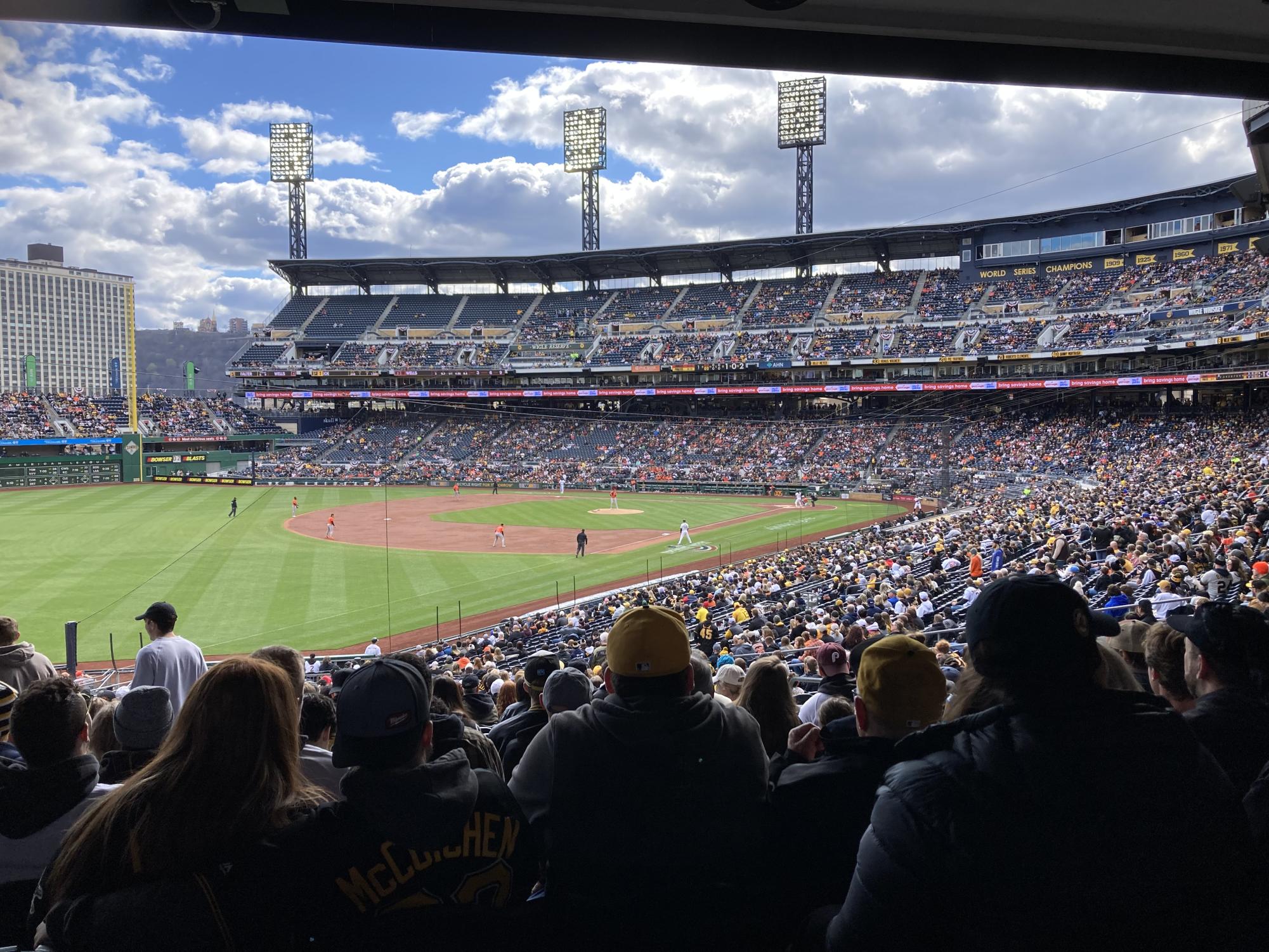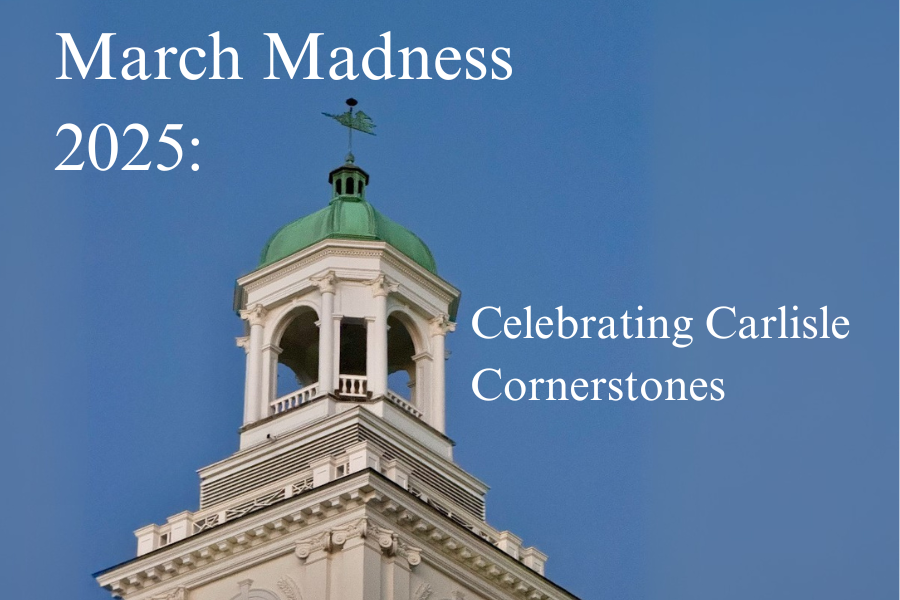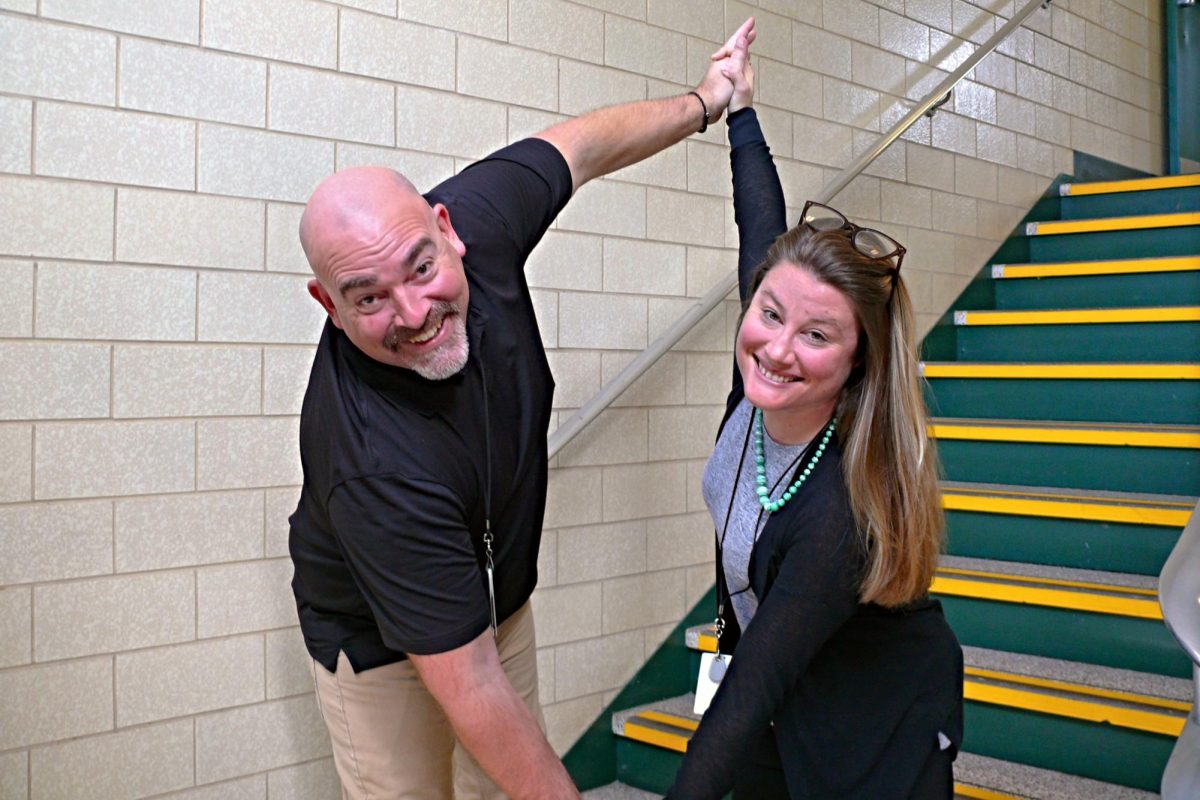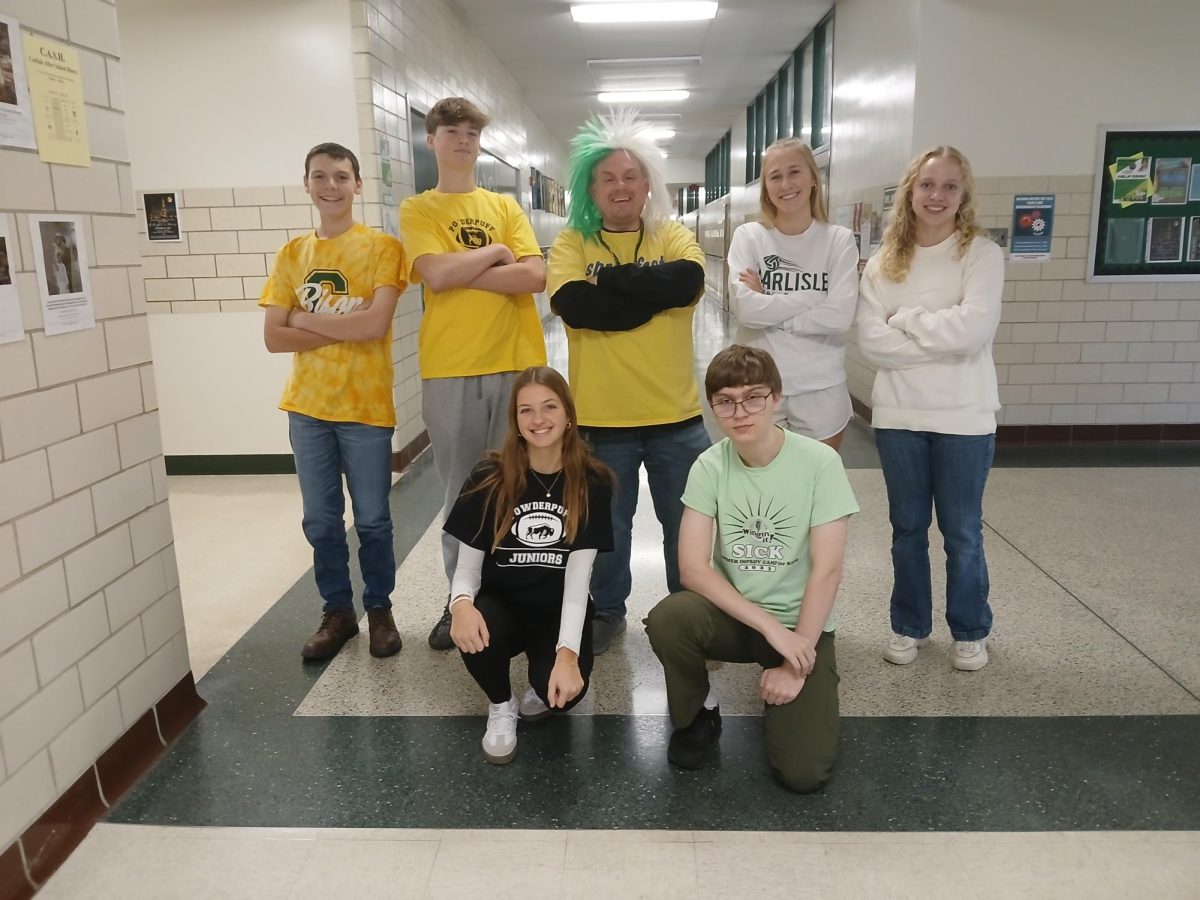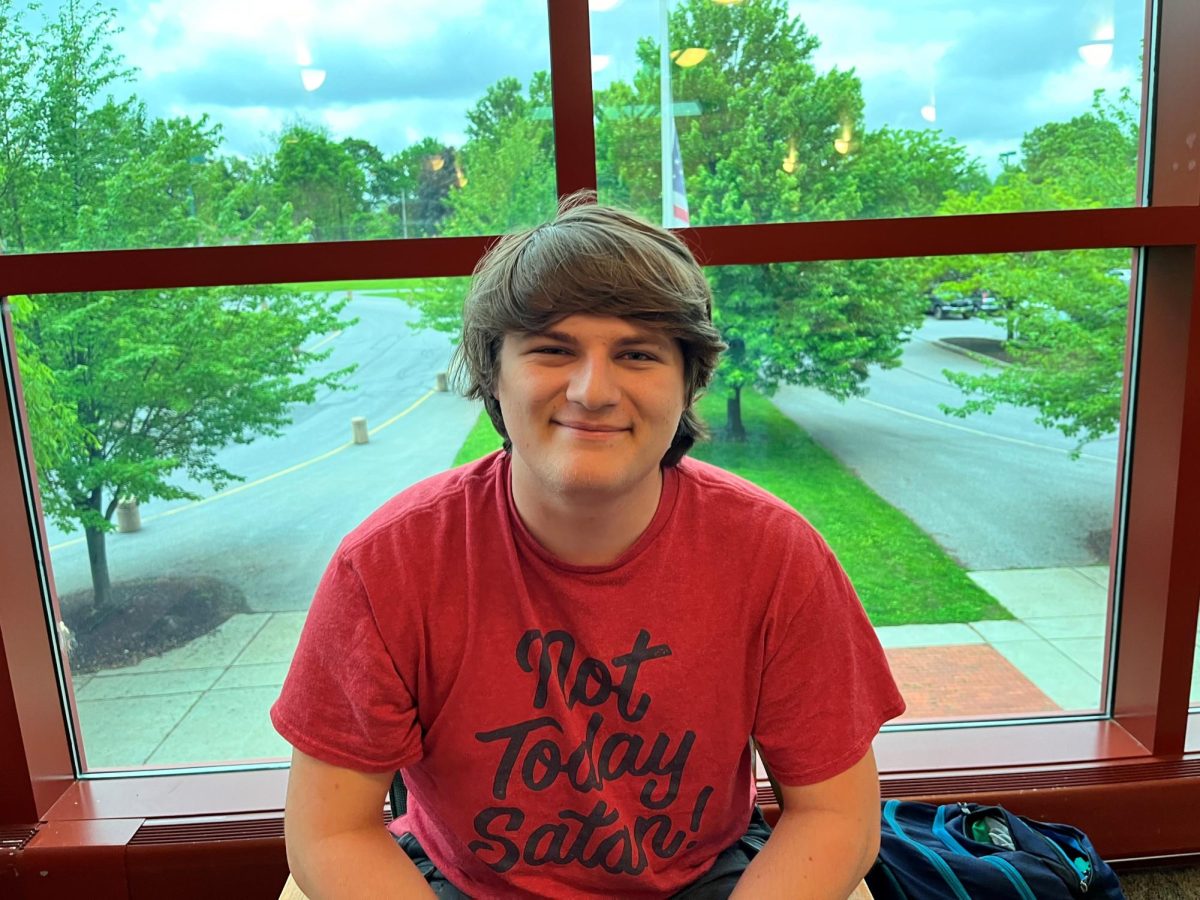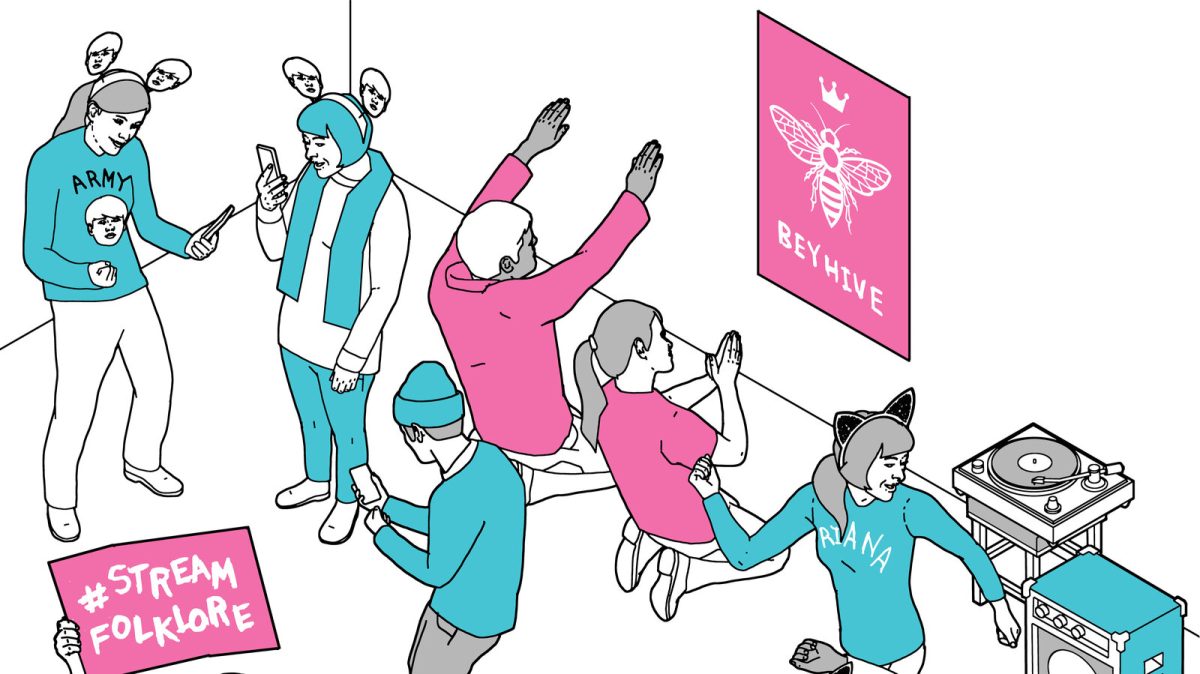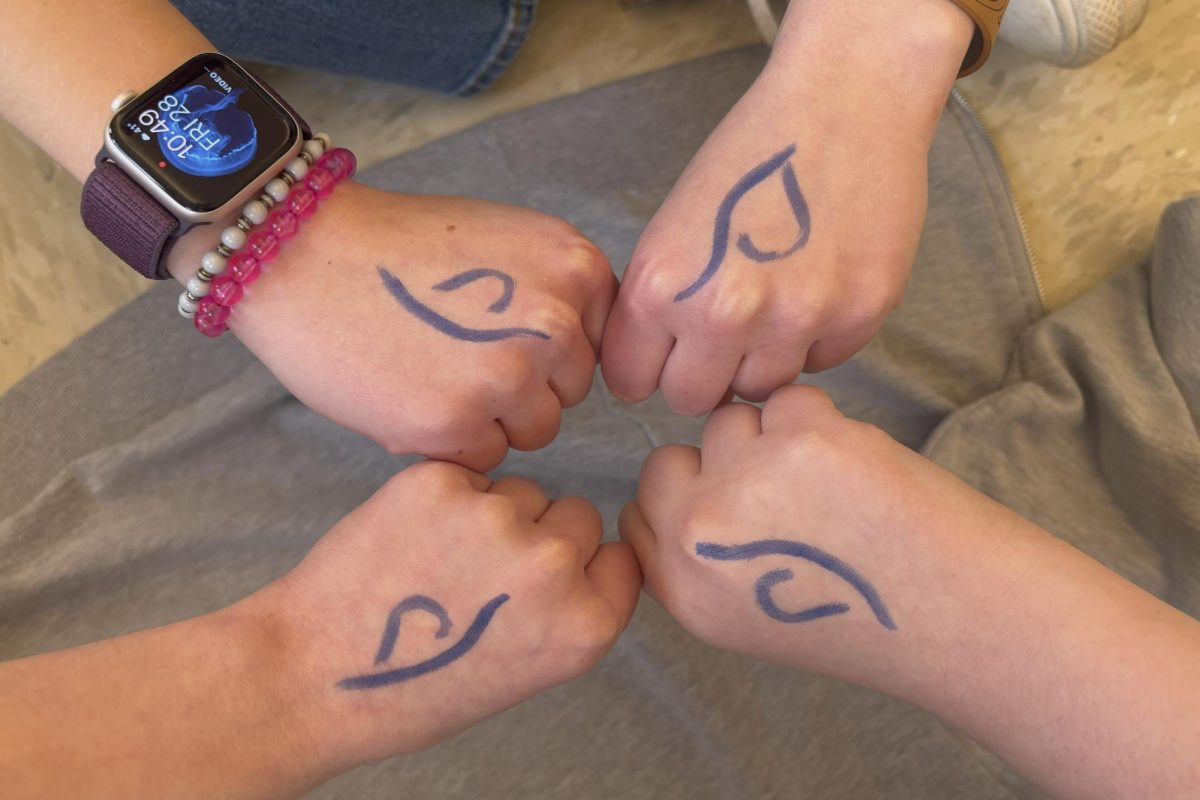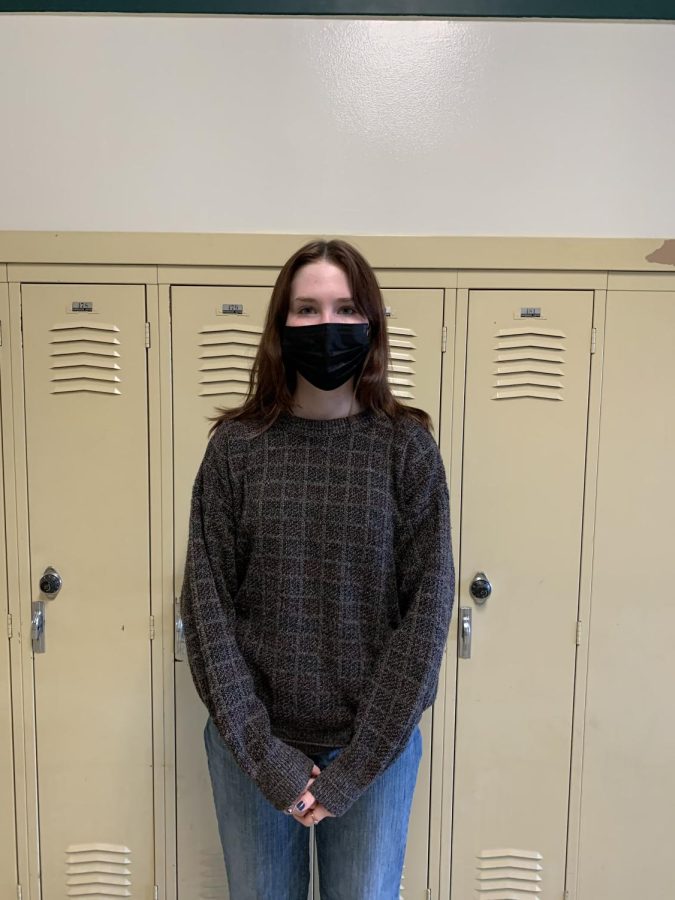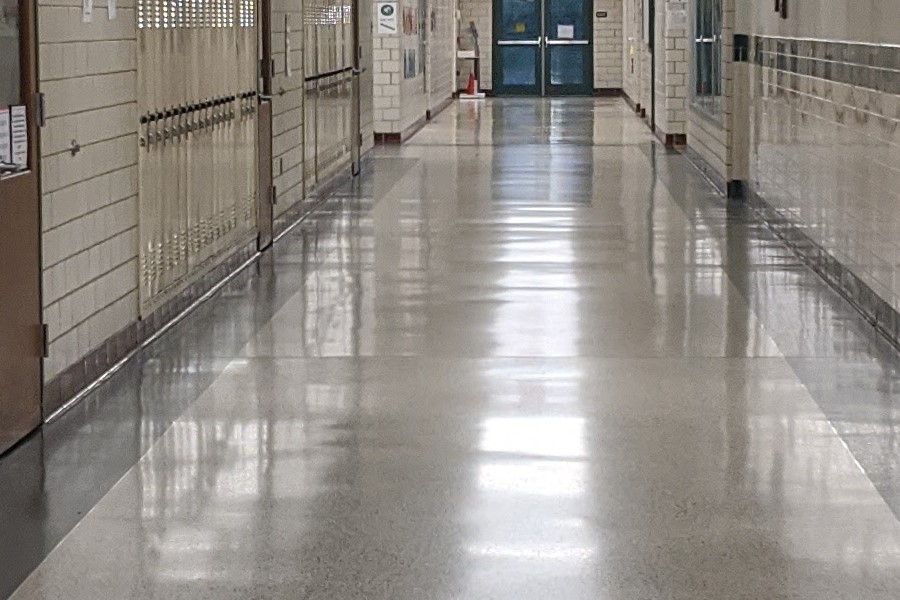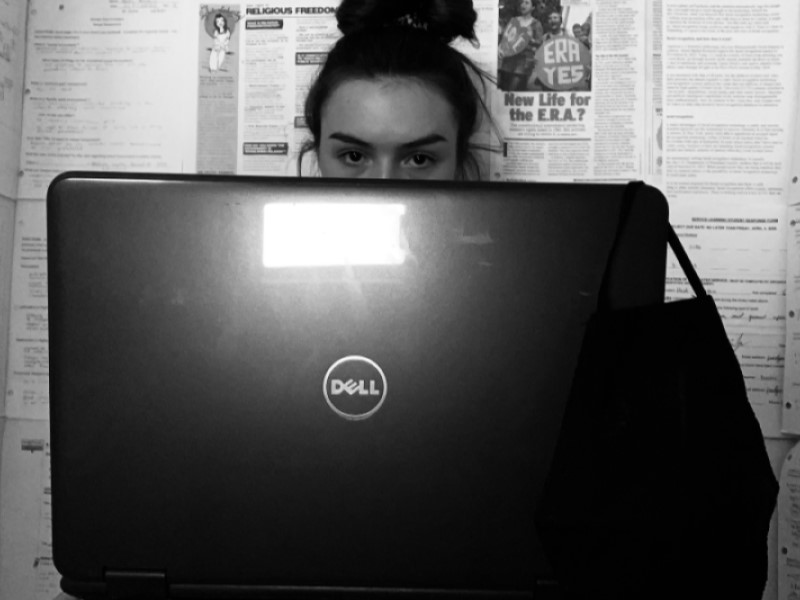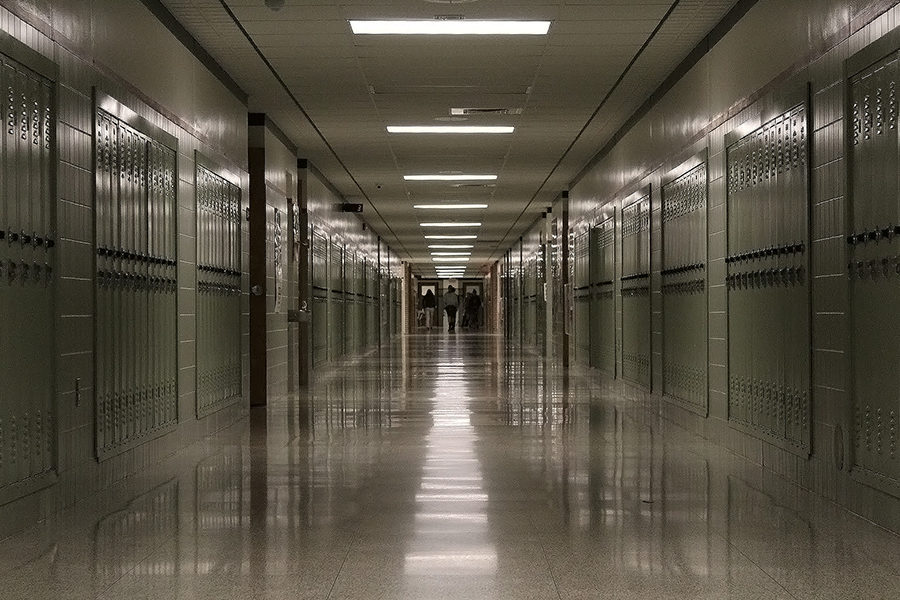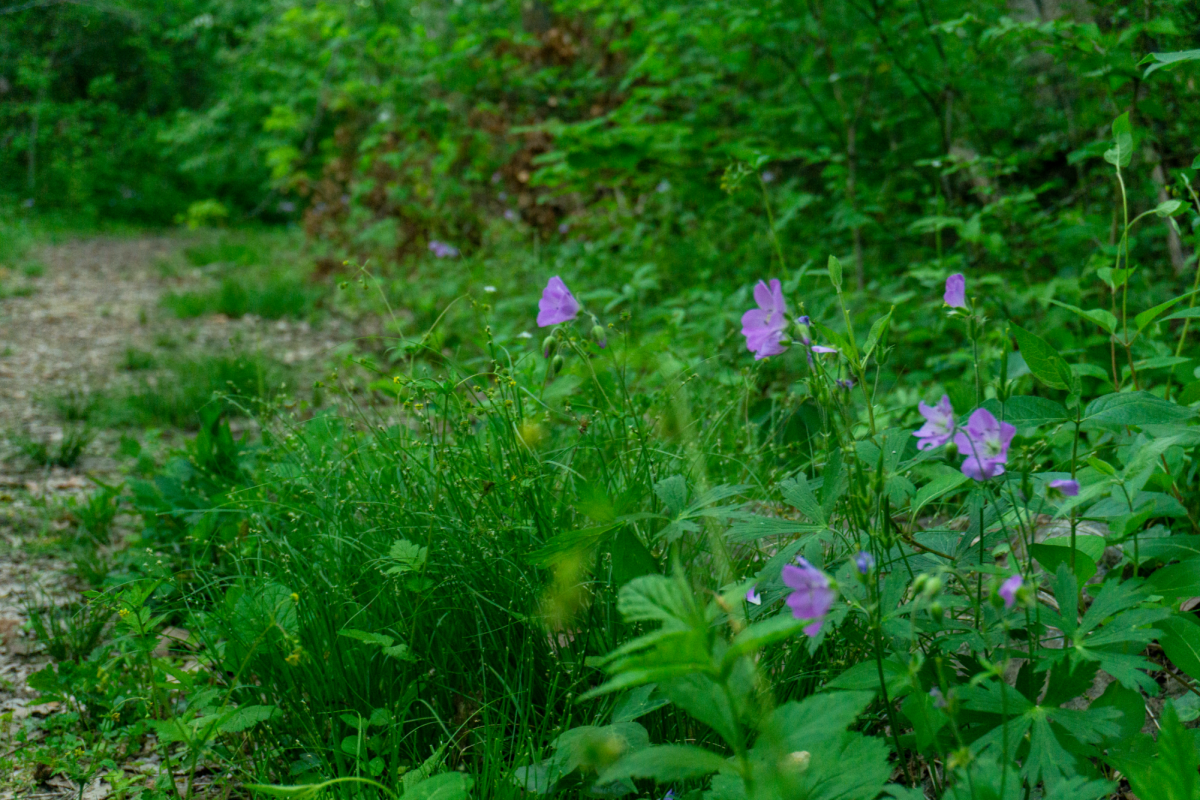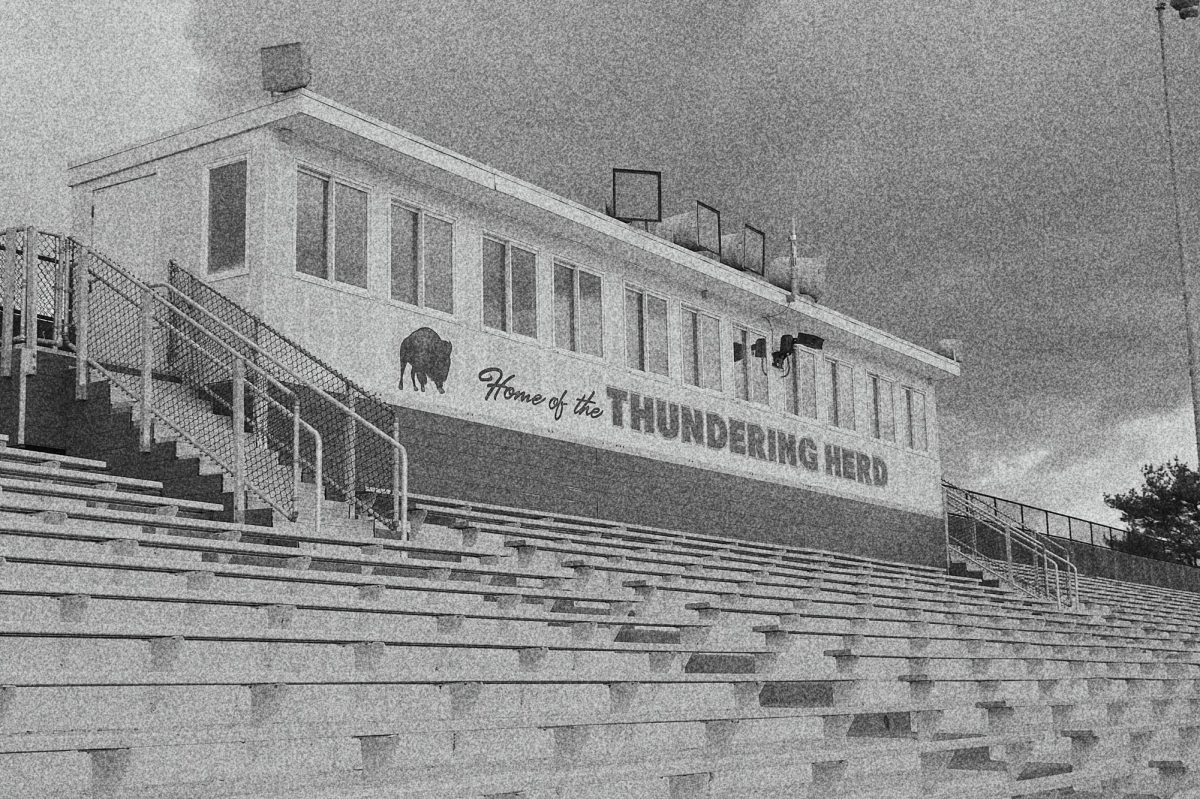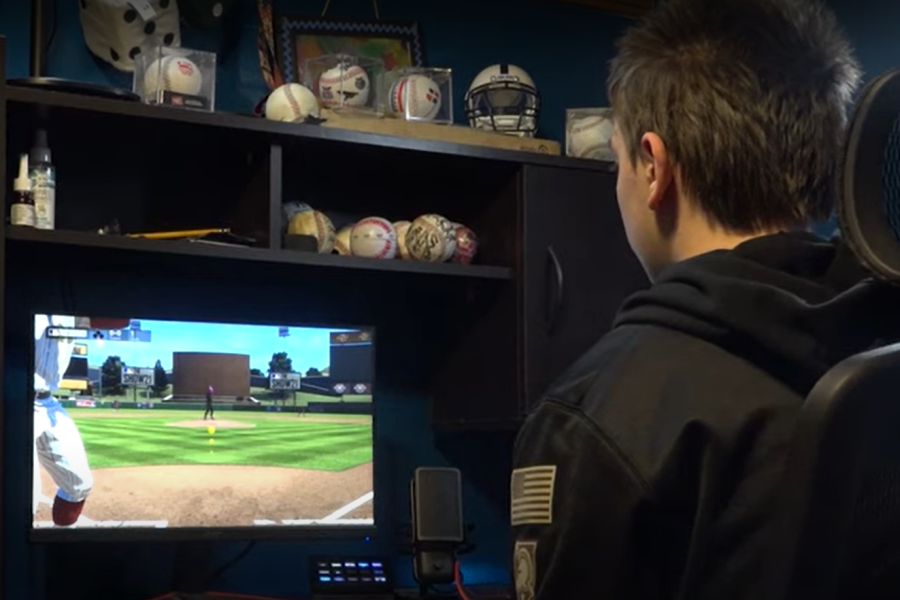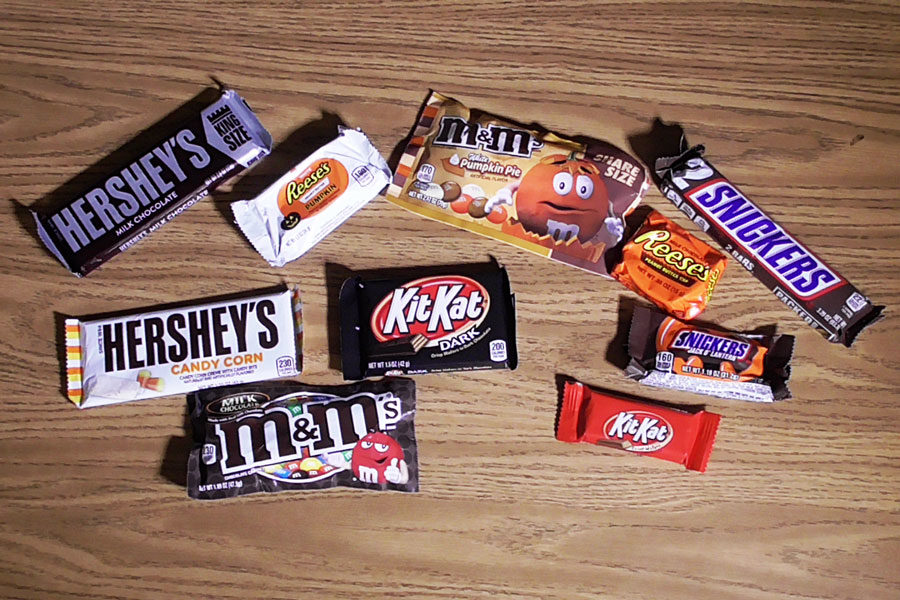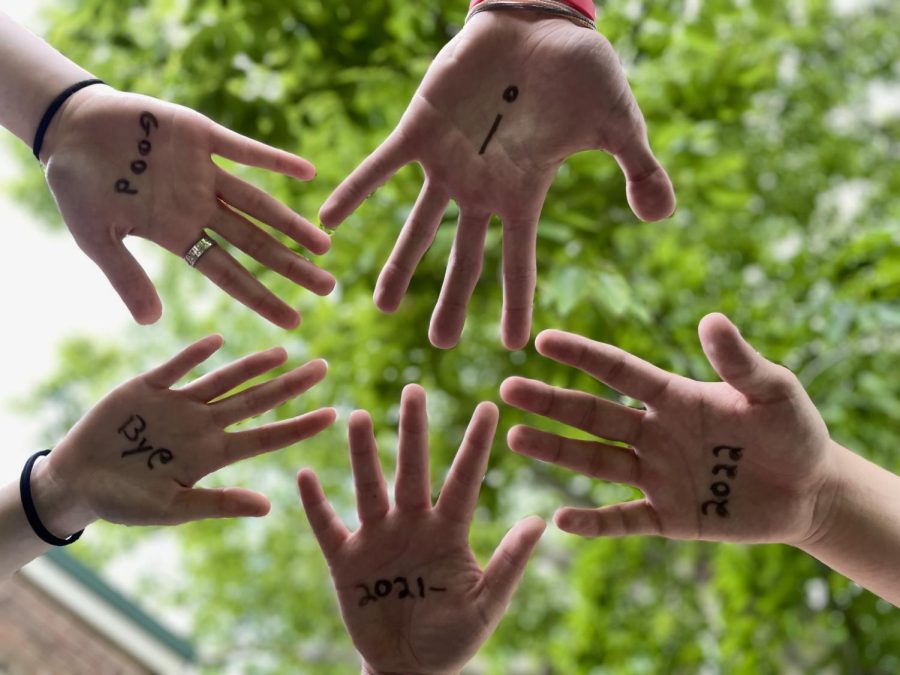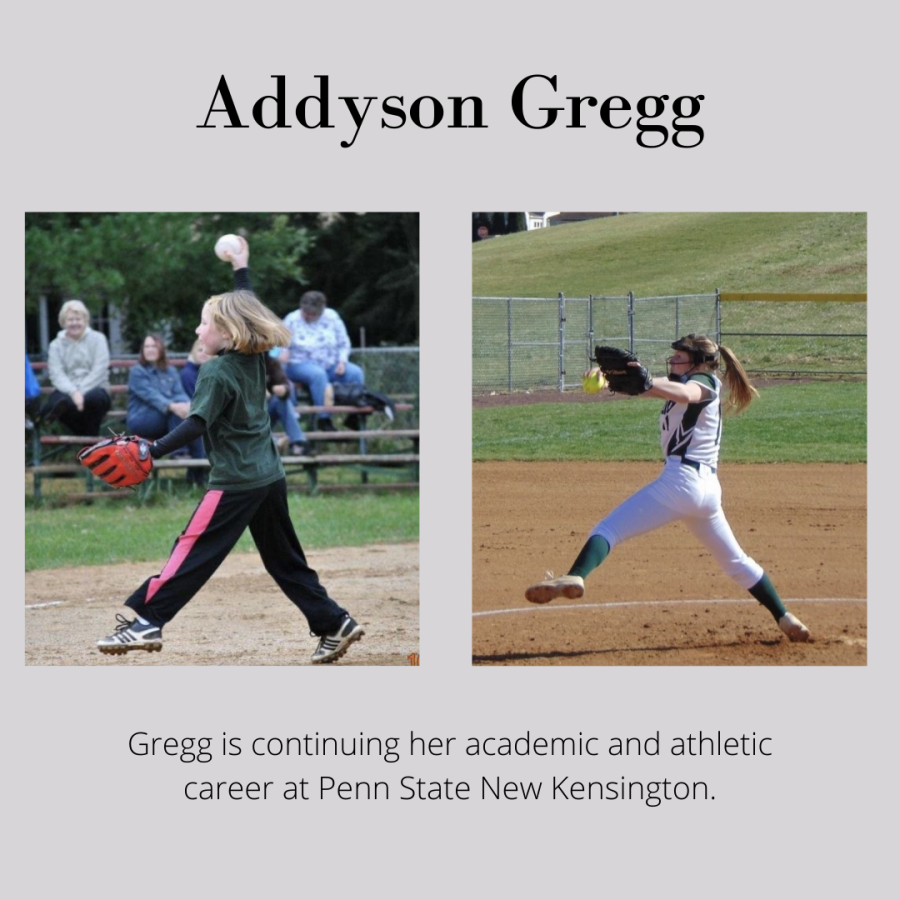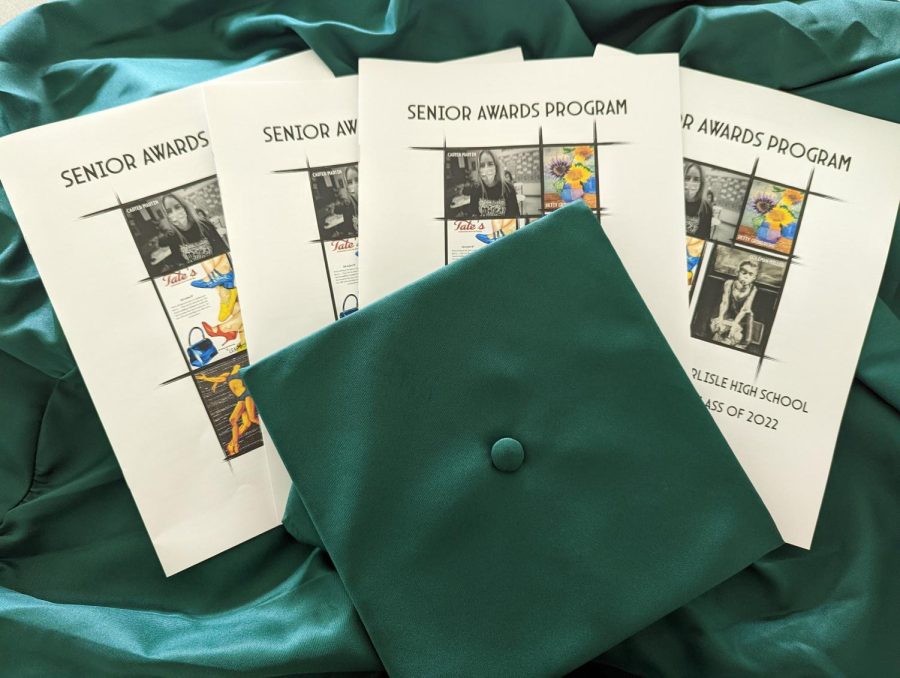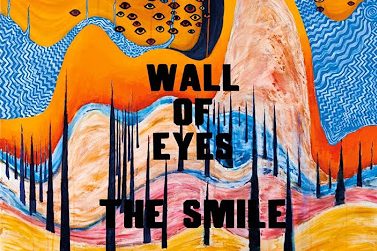Over the course of forty years, the five musicians behind Radiohead solidified a reputation of musical excellence with an eclectic array of albums, EPs, singles, and music videos, each garnering critical acclaim. They’ve received numerous awards, nominations, and were even inducted into the Rock and Roll Hall of Fame in 2019. For many, this would be enough to retire, but Radiohead refuses to call it quits. Together or separately, the members of Radiohead put out a project at least once a year.
However, complications with COVID-19 made it difficult for Radiohead to continue as a band. Instead of accepting indeterminate creative activity, guitarist Jonny Greenwood, and vocalist Thom Yorke, created a new band with drummer Tom Skinner, called The Smile. Before The Smile, Skinner played drums with the now defunct jazz quartet, Sons of Kemet, until their dissolution in 2022. The Smile was conceptualized from a surplus of riffs created by Greenwood with no creative destination. The Smile started by playing a few surprise shows over live streams for a year from 2021-2022 before releasing a handful of singles and a studio album, A Light For Attracting Attention. While many fans expected the new project to be akin to Radiohead’s last album, A Moon Shaped Pool, The Smile eluded expectations, favoring jazz inspirations over electronic.
After nearly a year of recording and promotion, on January 26, 2024, Wall of Eyes was released on independent record label, XL. The album was recorded at Abbey Roads Studios in London and produced by Sam Petts-Davies, known for his work with Thom Yorke, Frank Ocean, and Radiohead. Recording took place in early 2023 with a focus on playing the songs as a trio, stemming most of their ideas from unused riffs and progressions not used on the previous album.
“Wall of Eyes” is an incredibly barebones track, using an acoustic guitar, vocals, drums, and bass for most of the song with a gliding string section between verses, hovering before landing at the next verse. Even though this song is relatively simple in instrumentation, it feels complex from the odd 5/4 time signature. Most pop songs are written traditionally in 4/4 so with the extra beat, it feels familiar but off, like walking with someone else’s leg tied to your own. Thom Yorke’s lyrics are nothing new from what he’s done in the past twenty years, they’re incredibly vague but accurately depict a confused melancholy. The main problem many have with Thom Yorke’s lyrics is that they don’t mean anything or they’re too vague, but that’s exactly the way they’re intended to be. When the lyrics are in that state, the voice can really be seen as an instrument and it helps to relate the listener to the music. As Miles Davis once said, “a painting is music you can see and music is a painting you can hear,” a quote that can be accurately pinned to this song and every song on the album. Everything just feeds into itself. The confused shuffle of the guitar, the steady drum beat, the droning bassline, the delicate strings, and the electric guitar lines at the end collapsing like a deck of cards all around lyrics about a wall of eyes. The relation of the words to the music shows how meticulously planned the music and words were, how everyone involved tried to fit the two together into one piece.
“Read The Room” is a complete anomaly of a song in every way imaginable, it’s futuristic yet nostalgic, progressive like punk, constantly moving parts of music like solving a jigsaw on a marble. What comes from this bizarre combination is an incredibly dense track that deserves more than one listen to properly understand the magnificence of the song. There’s Thom Yorke’s perplexing lyrics and catchy vocal melodies, a strong rhythmic swing of the bass and drums, bouncing guitar lines bordering on funk rock, and a pulsing synthesizer throughout. The final result falls somewhere between Pink Floyd, Scott Walker, and The Fall, a cinematic, paranoid soundscape of the future with a debt to the past. The following song, “Under Our Pillows” does the former but less grandiose but with a better vocal performance and melody.
“Friend of a Friend” refuses to go where it’s expected in a song more in debt to The Beatles than the tourism in Liverpool, even being recorded at Abbey Road. It’s as close to a pop song as it gets on the album, but lyrically, it doesn’t stray from the sorrow preceding it. The chorus directly alludes to falling from a balcony or being tempted to fall from a balcony while others are distracted, but it sounds like a good time. The musical shift in the pre-chorus during the line, “stop looking over our shoulders”, is transcendental and one of the most beautiful moments on the album even if it’s brief.
Easily the best song on the album, “Bending Hectic” was carefully saved as the penultimate track on the album for a reason. If someone sticks through the whole album, there’s something that goes beyond expectations at the end. The steady build from an atmospheric, soothing section to the blistering end is natural and breathtaking. It feels like the evolution of a sigh to a scream over seven minutes of delicate instrumentation. The dynamics in this song are insane, the breakdown after “I’m letting go of the wheel” could easily be corny and cliche, but the final result feels cathartic. The mix on the song is perfect, everything is at just the right volume and the natural reverb of the orchestra is profound. This song is like being swept into a tornado; the winds surrounding the storm can be felt and are subtle at the edges, but creeping closer will only suck you into a violent, tumultuous end.
Then comes the delicate close of “You Know Me!” What else is there to say about it other than tender and tranquil? Not much, the soft piano ballad closes the album with the orchestra, drums, and distorted ambience with some of the most straightforward and beautiful lyrics the album has to offer. “Always, ‘you know me,’” is an elementary line, but it pulls on the heartstrings after lines like, “you’ve wound yourself around me like you know me,” and, “a town that’s underwater, none of this is mine.” The bare serenity of the instrumentation of the final song is humble but powerful, a definite highlight on the album.
Perhaps one of the most impressive parts of this album is that it’s very different from Radiohead. Greenwood and Yorke could’ve easily fallen back on what they know, but the refusal to do what’s expected is what keeps their music interesting. The Smile and Radiohead share similar influences and are comparable to a certain extent, but the two projects couldn’t be more different. The Smile is a mature love letter to Miles Davis, Pink Floyd, The Beatles, NEU!, CAN, and Joy Division while doubling as an outlet for some of the most creative minds in music. It’s an album for those willing to be patient with music and one that rewards those who are.
Disclaimer: Articles designated as “Review” represent the views, opinions, and recommendations of the author, not the 2023-2024 Periscope staff, CHS/CASD administration, or the CHS student body.


